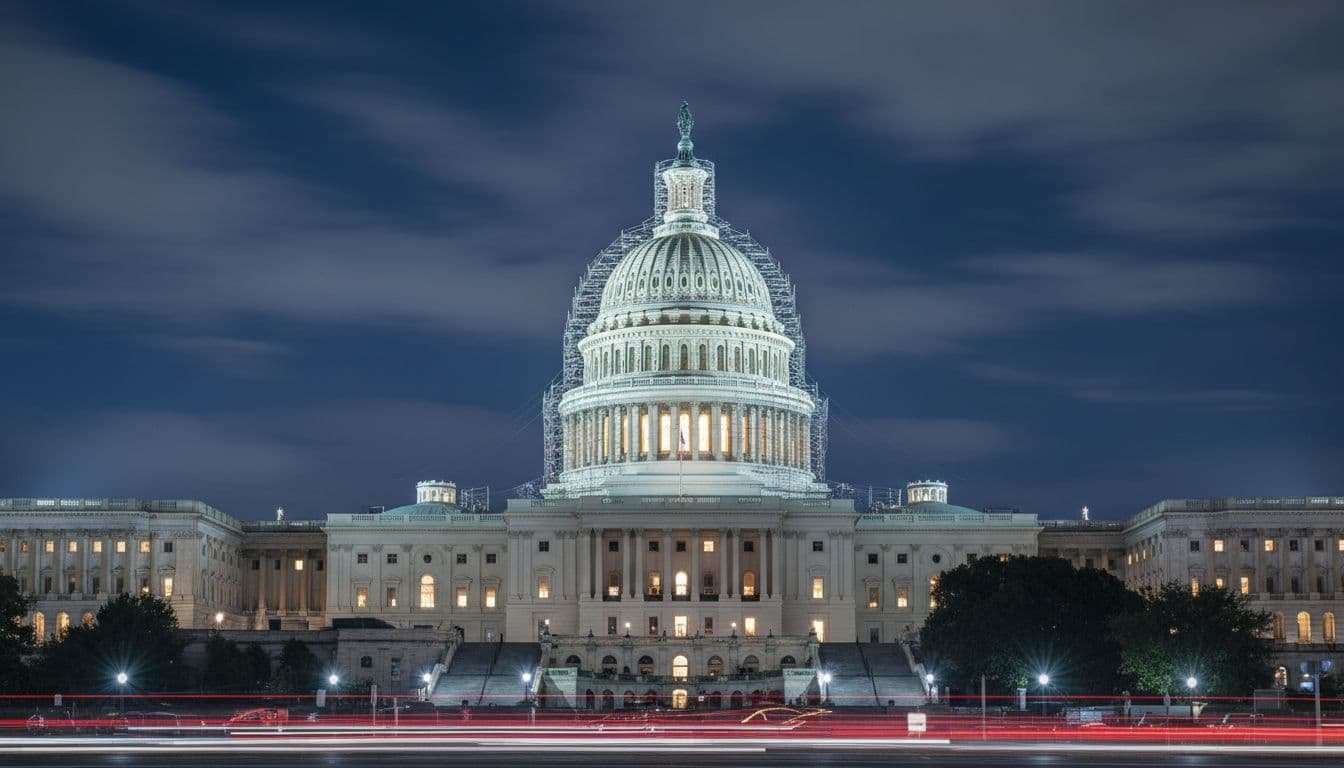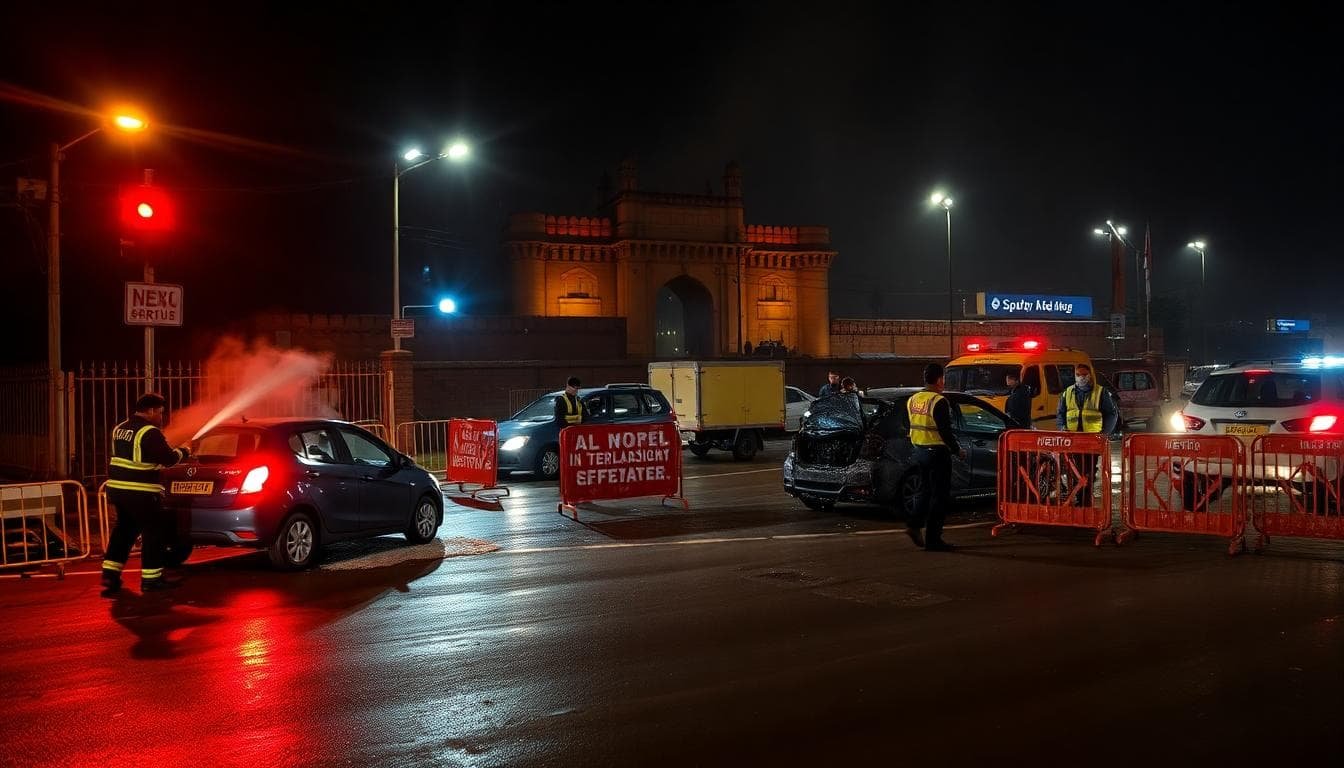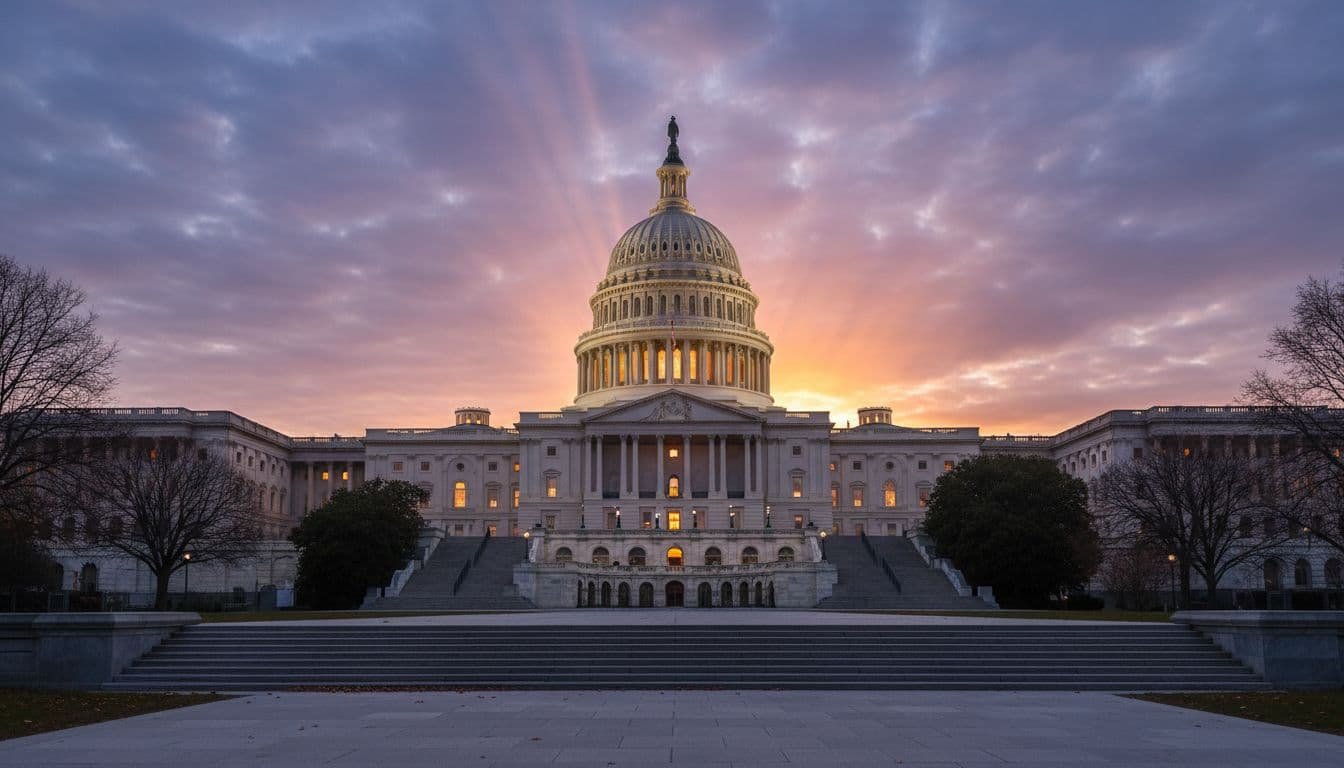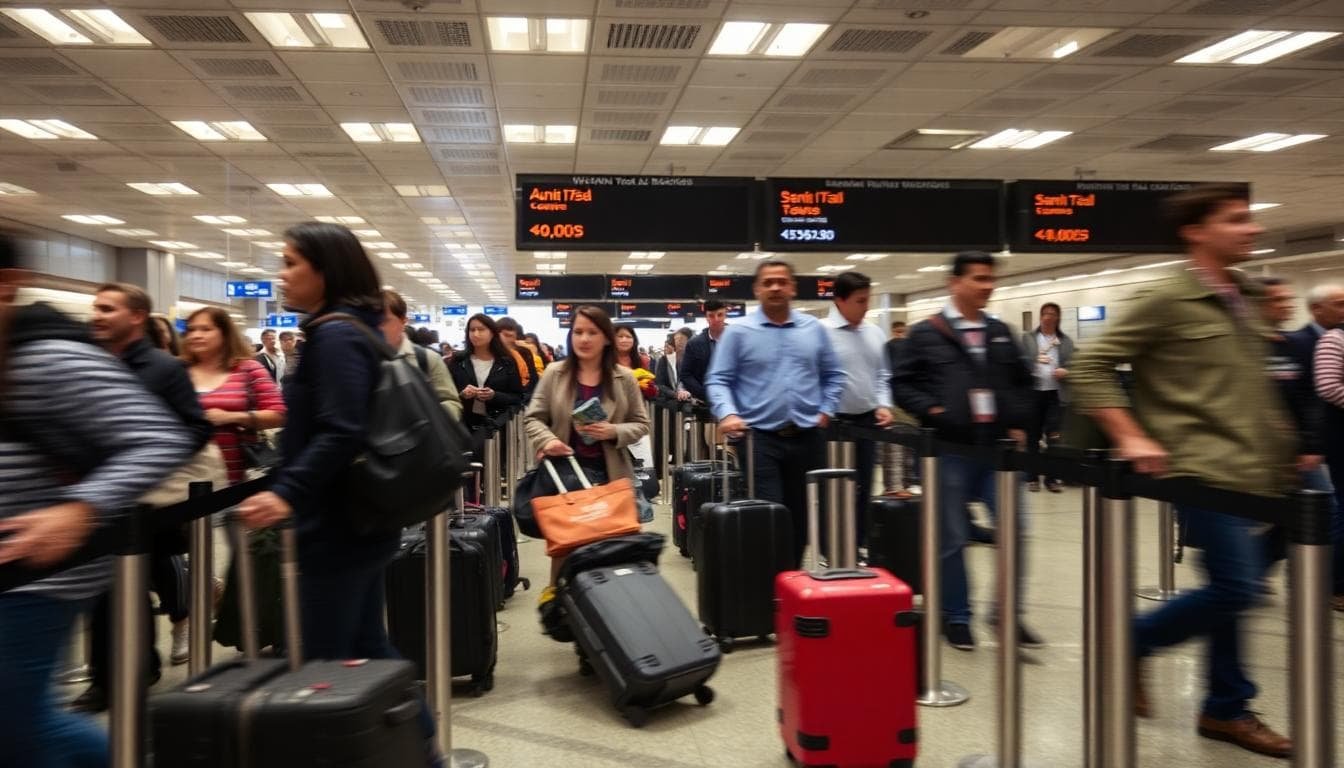Summary: A bipartisan vote in the Senate moved a funding measure forward aimed at ending the longest US government shutdown on record. The package restores core services, reopens agencies, and pays federal workers. It does not include Democrats’ push to lock in expiring health insurance subsidies. The bill now heads to the House, where leaders are working votes ahead of a signature from President Donald Trump, who has signaled support. Even if the government reopens, air travel effects could linger for weeks.
Where Things Stand
- Senate action: A small group of Democrats joined Republicans to approve a funding measure that would reopen the government and restore federal pay and programs like food assistance.
- Next step: The measure goes to the House, where Speaker Mike Johnson may need help from the White House to assemble enough votes in a fractious conference.
- White House posture: President Donald Trump backed the Senate deal and lauded congressional leaders, signaling he’ll sign a package that reaches his desk.
- Key omission: The deal does not secure Democrats’ demand to extend enhanced Affordable Care Act subsidies; leadership has promised a separate vote later.

What the Funding Measure Does
The package is designed to end the shutdown quickly and stabilize basic government functions. Based on the Senate outline and leadership statements, here’s what it aims to deliver upon enactment:
- Reopen agencies: Restart shuttered departments and restore public-facing services.
- Back pay for federal employees: Ensure missed paychecks are reimbursed when operations resume.
- Safety net programs: Restore full operations for federal food aid and related services constrained during the lapse.
- Short-term certainty: Provide stopgap funding to avert immediate layoffs and disruptions while longer-term negotiations continue.
The measure is a bridge, not a final budget. Lawmakers are expected to return to larger appropriations questions once the government is open and immediate risks are addressed.

Travel Impact: Cuts, Cancellations, and Recovery Timeline
The shutdown’s ripple effects are starkest in aviation:
- FAA directive: An emergency order is driving a 6% cut to flights across 40 major US airports today, as controllers miss a second full paycheck since funding lapsed.
- Widespread cancellations: Major carriers preemptively canceled hundreds of flights to comply, offering no-fee changes or refunds for impacted travelers.
- Holiday pressure: Experts warn the window to recover before Thanksgiving is narrow. Even once the government reopens, restoring full staffing, resetting schedules, and clearing maintenance and training backlogs will take time.
Practically, passengers should expect rolling delays and cancellations to continue into the near term, with improvements spreading unevenly by region and airport as staffing stabilizes.
What to Watch in the House
The House is the next hurdle. With slim margins and ideological factions, leaders often need a coalition that blends most Republicans with a slice of Democrats to pass time-sensitive packages. Key signals to watch:
- Rule vote: Whether leadership can secure a procedural rule to bring the measure to the floor.
- Amendments: Any changes requested to satisfy holdouts; significant edits could slow momentum or force another Senate vote.
- Timeline: Leaders have floated a vote as soon as tomorrow, aiming to reach the President quickly.
Markets, federal contractors, and state partners are tracking the clock closely. Any unexpected stall could re-ignite uncertainty for paychecks, services, and travel planning.
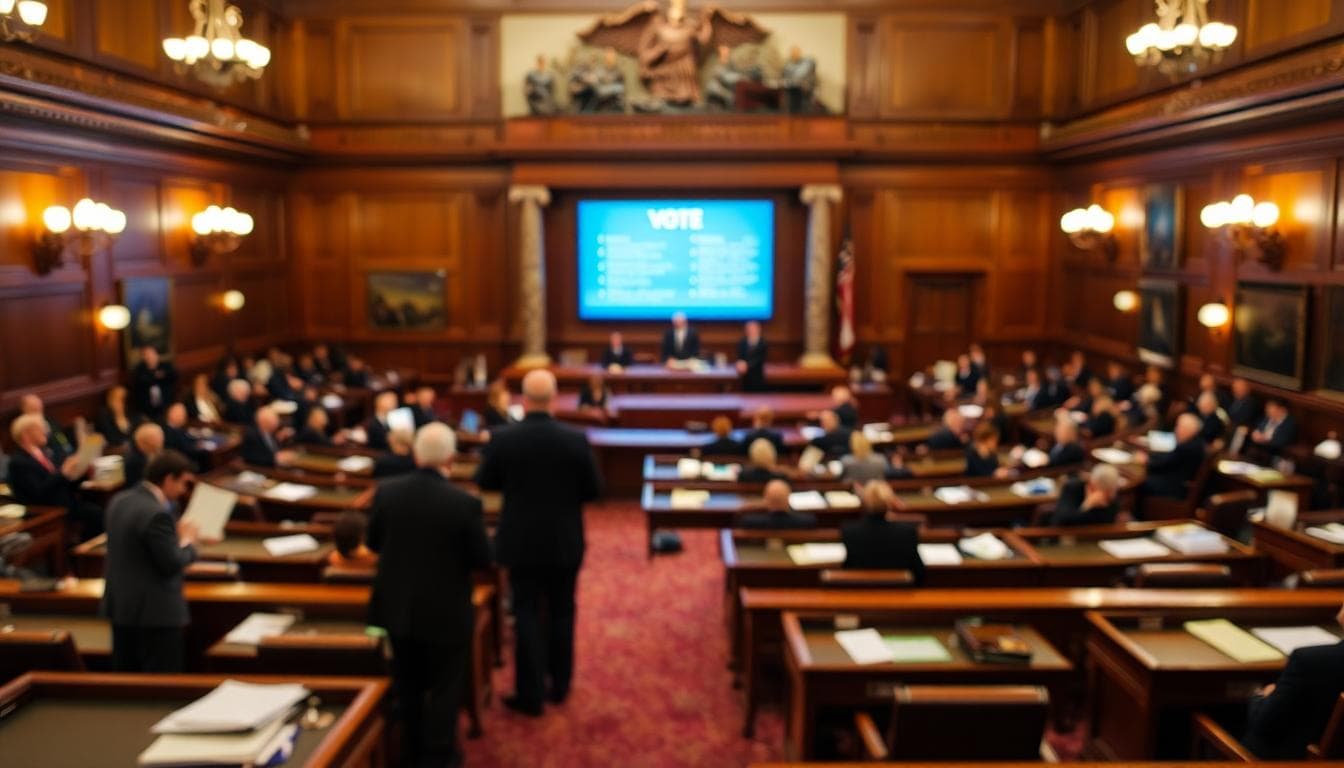
If the Government Reopens: What Changes Fast, What Takes Longer
Immediate: Agencies recall staff, resume public services, and process back pay. Officials prioritize safety-critical functions and high-volume operations first.
Short-term: The FAA and airlines coordinate to rebuild schedules. Expect conservative ramp-ups to prevent cascading delays. Federal benefits programs catch up on casework and payments.
Longer-term: Committees return to appropriations work and any side agreements, including the promised vote related to health insurance subsidies. Oversight will likely review the shutdown’s cost, from lost productivity to economic drag.
How This Shutdown Became the Longest
Shutdowns happen when Congress and the White House cannot agree on funding before deadlines. This one extended as both sides sought leverage on policy riders, including health subsidies, and as internal fractures complicated vote counts. Once disruptions spread into critical systems and the public felt the bite, pressure for a narrow, fast-track reopening deal increased.
What You Can Do If You’re Affected
- Travelers: Use airline apps for rebooking, accept longer connections, and consider earlier departures before peak days. Keep receipts if costs mount; many carriers have waivers and refunds in place.
- Federal workers: Track agency HR guidance on back pay timing. Contact lenders or landlords about hardship options; many have policies for documented shutdown impacts.
- Benefit recipients: Watch agency notices for resumption schedules and any temporary workarounds as backlogs clear.
The Senate has cleared a path to reopen the government, with the House now the critical step before a presidential signature. The deal restores services and pay but leaves some policy fights for another day. Even after the lights come back on, the aviation system will need time to recover. Expect a staggered return to normal, with the most visible improvements arriving days after enactment and some travel headaches lingering closer to the holidays.
To contact us click Here .
